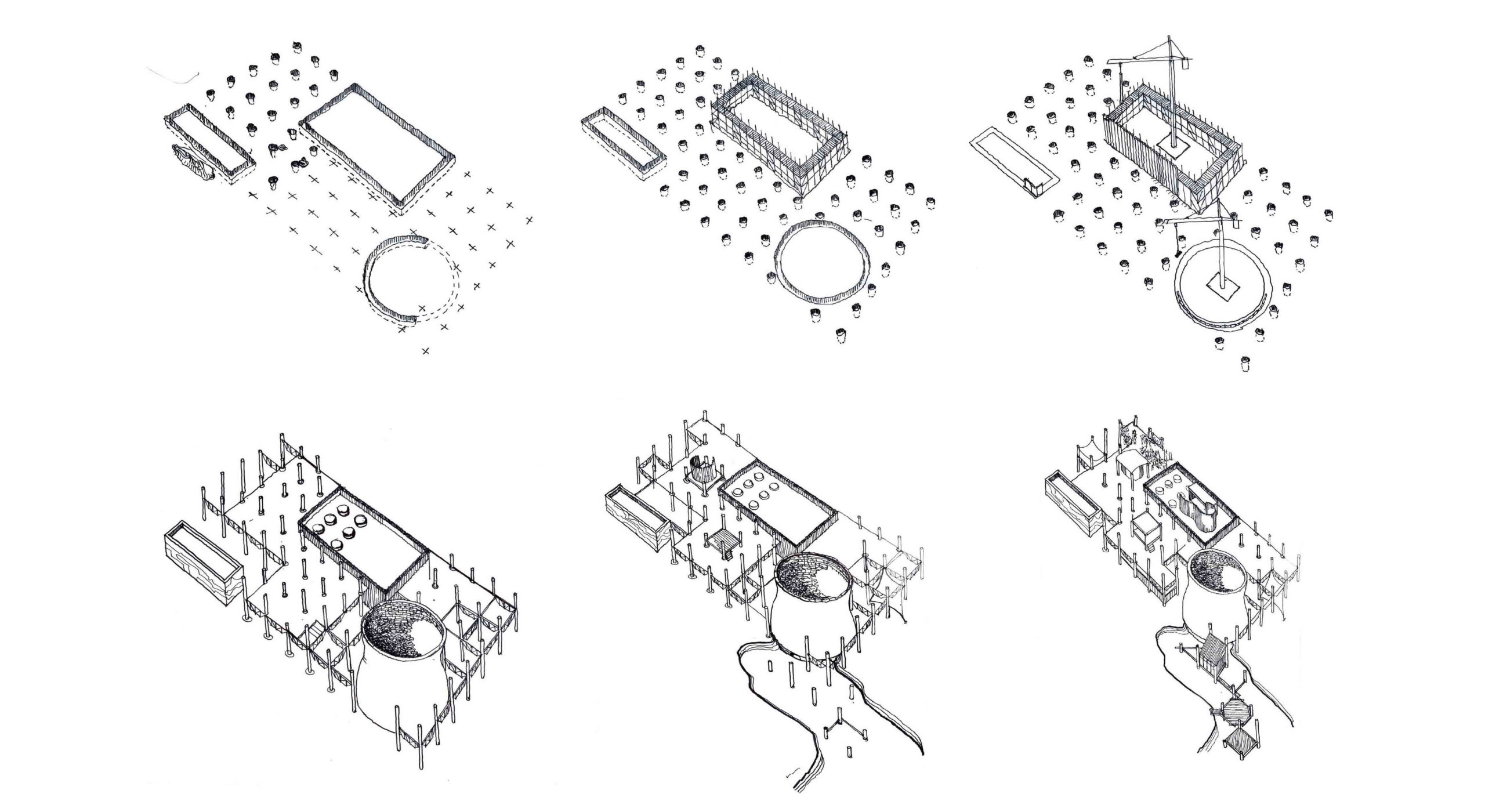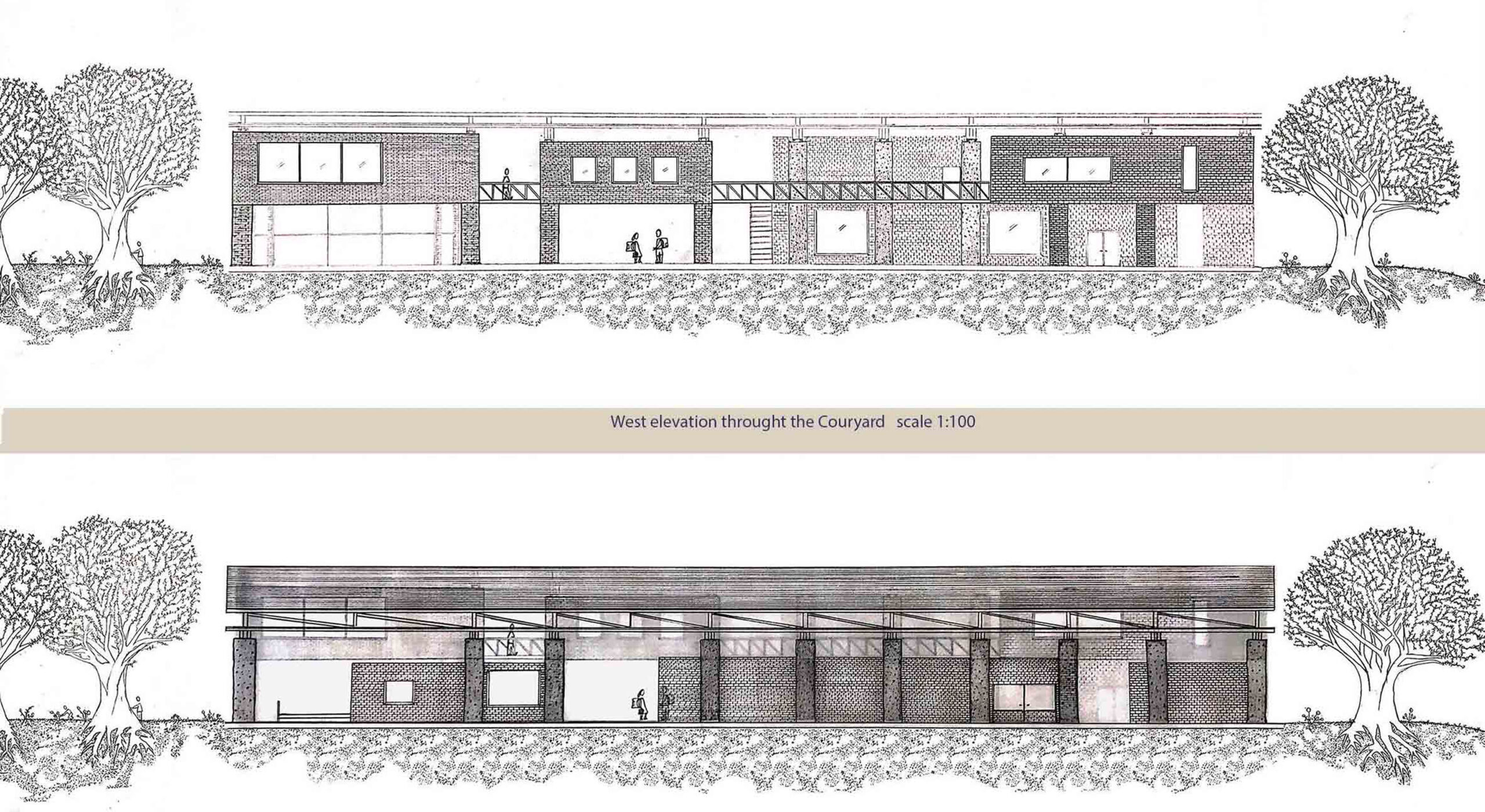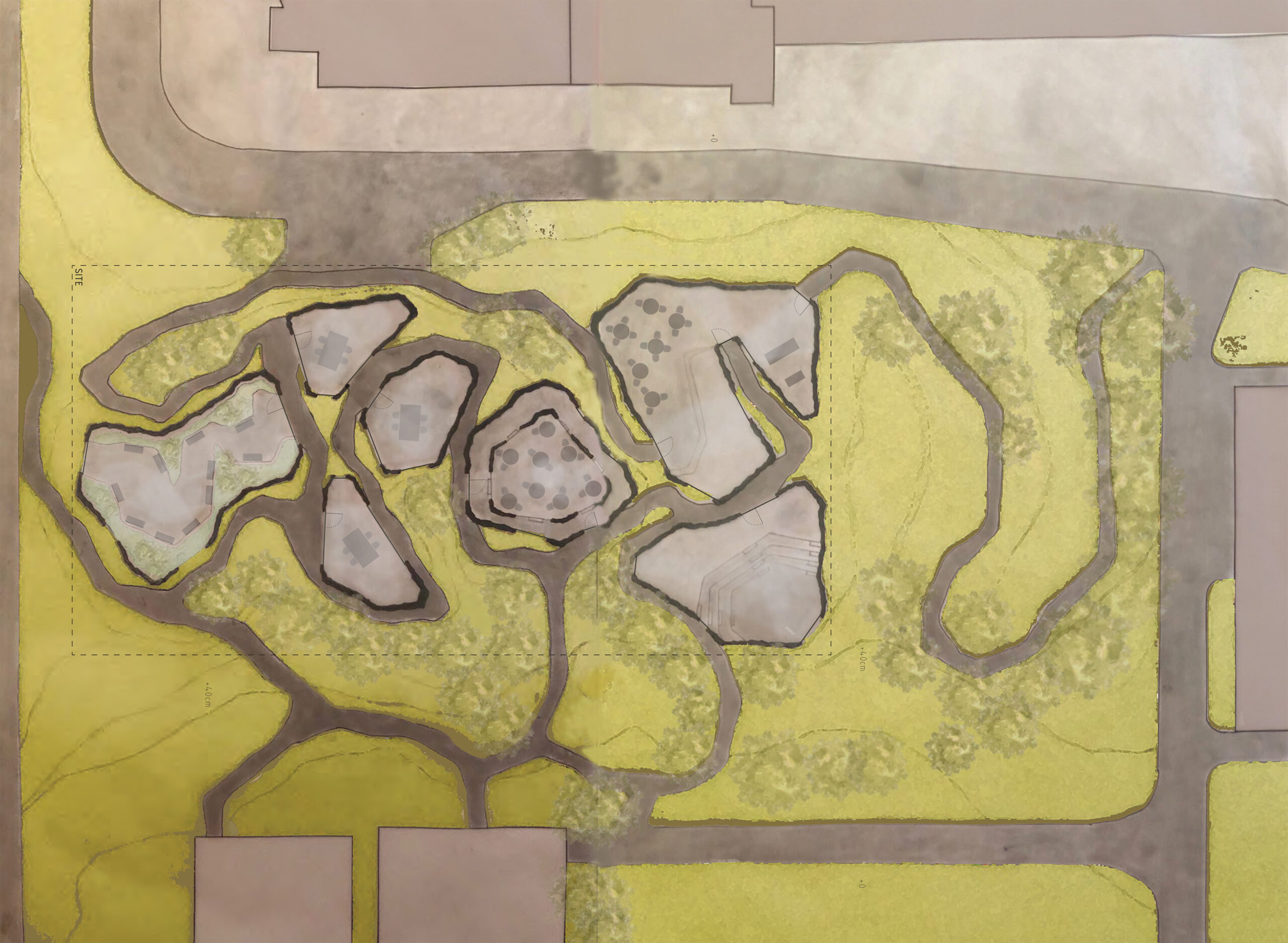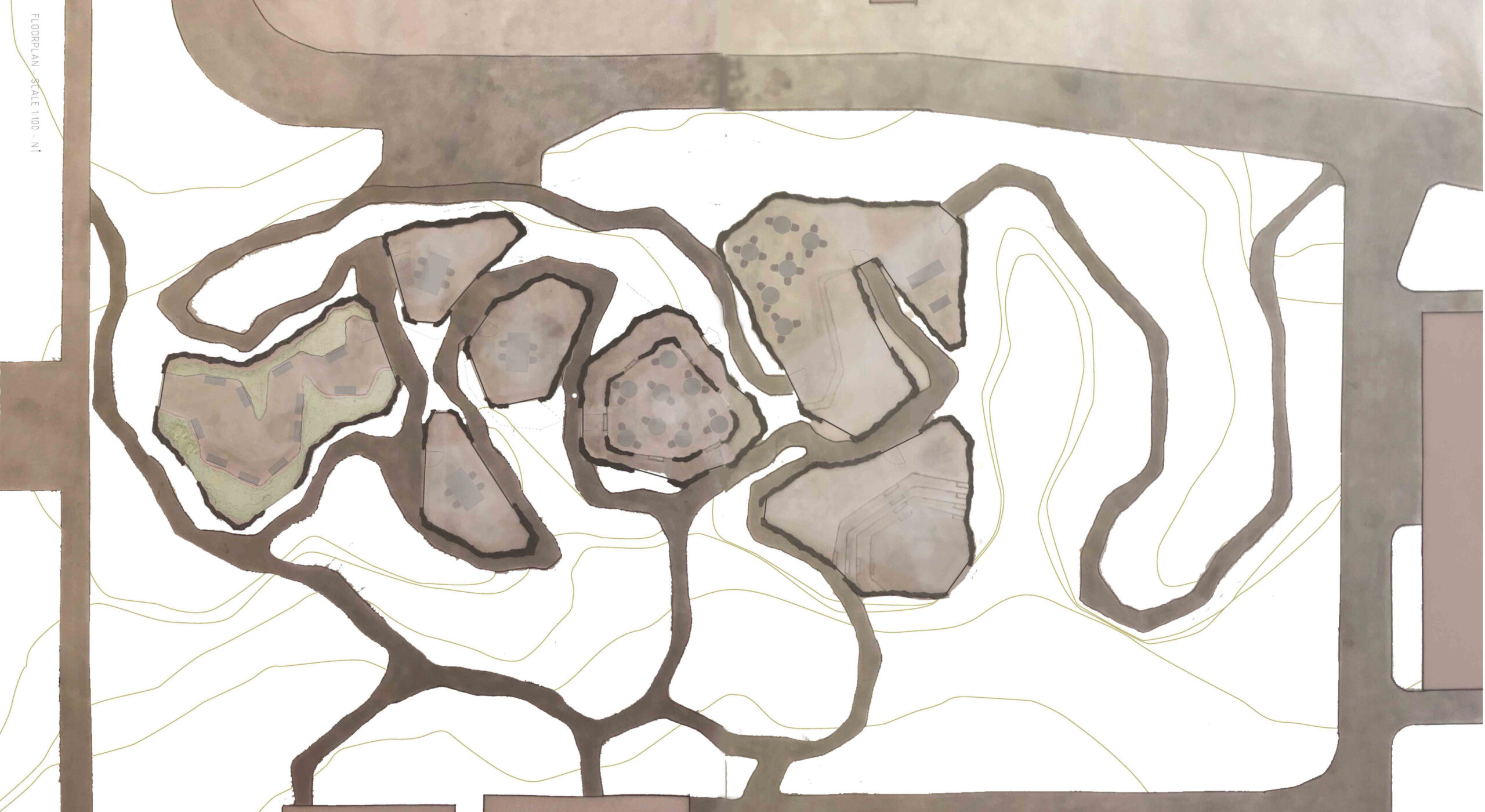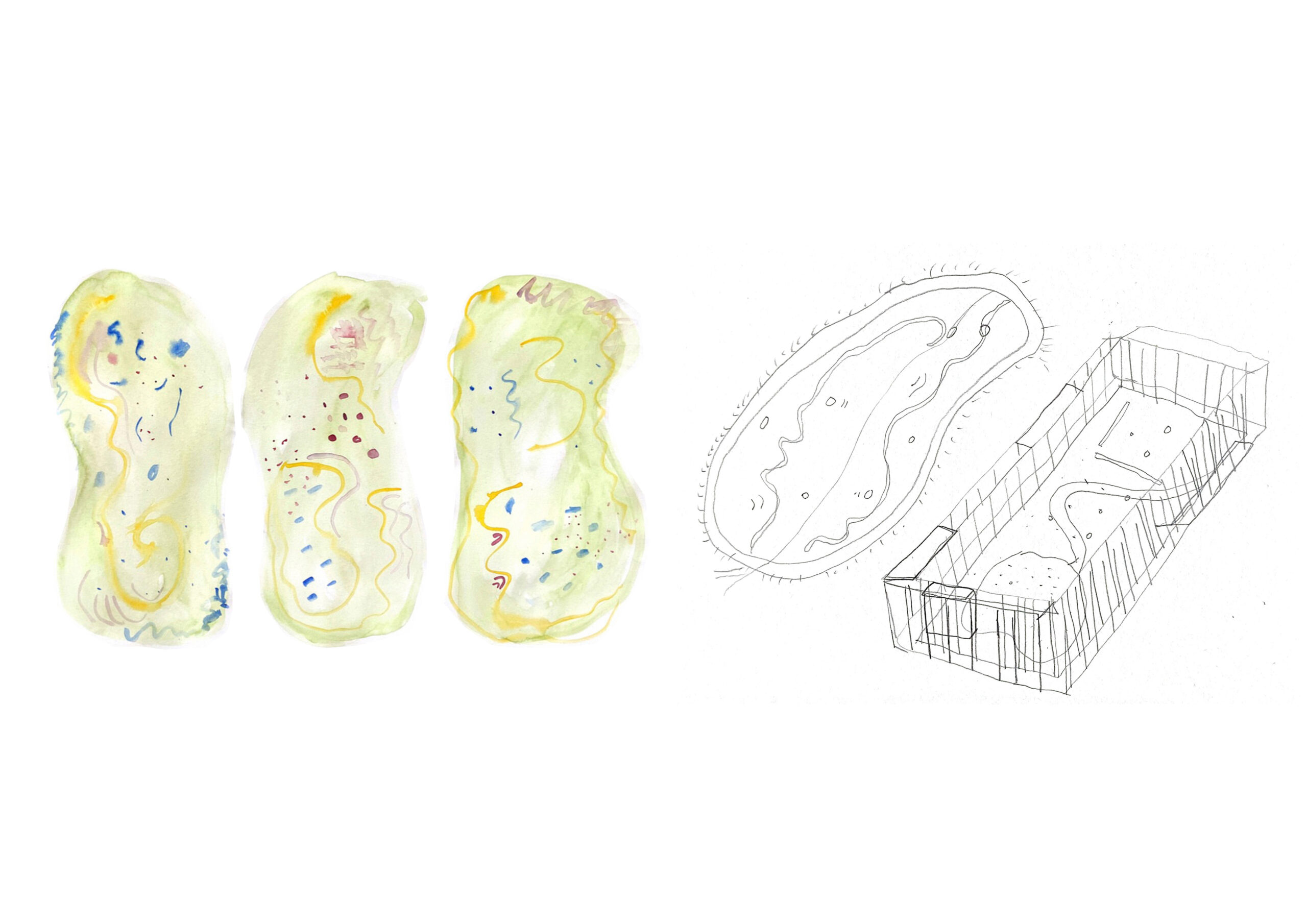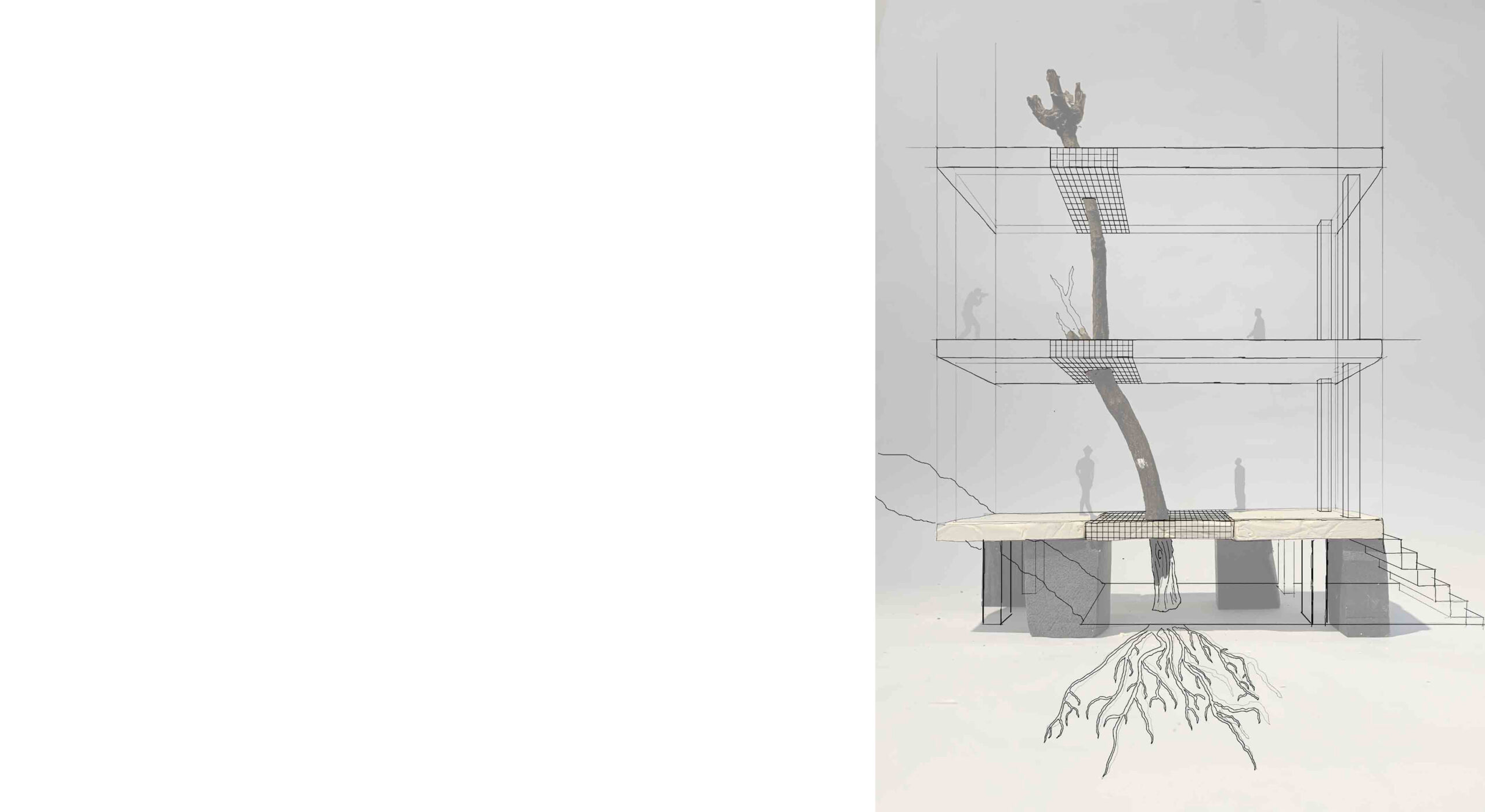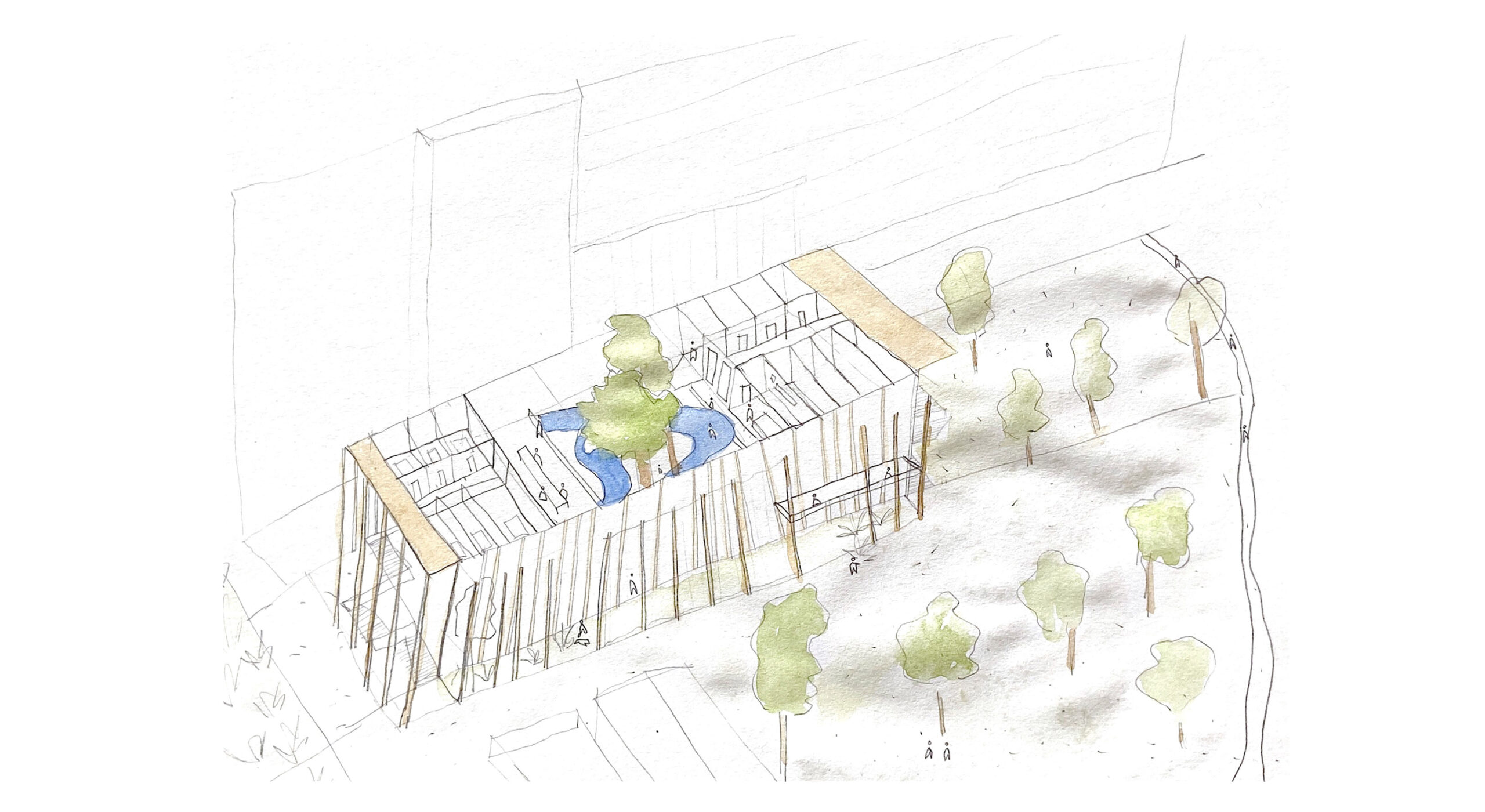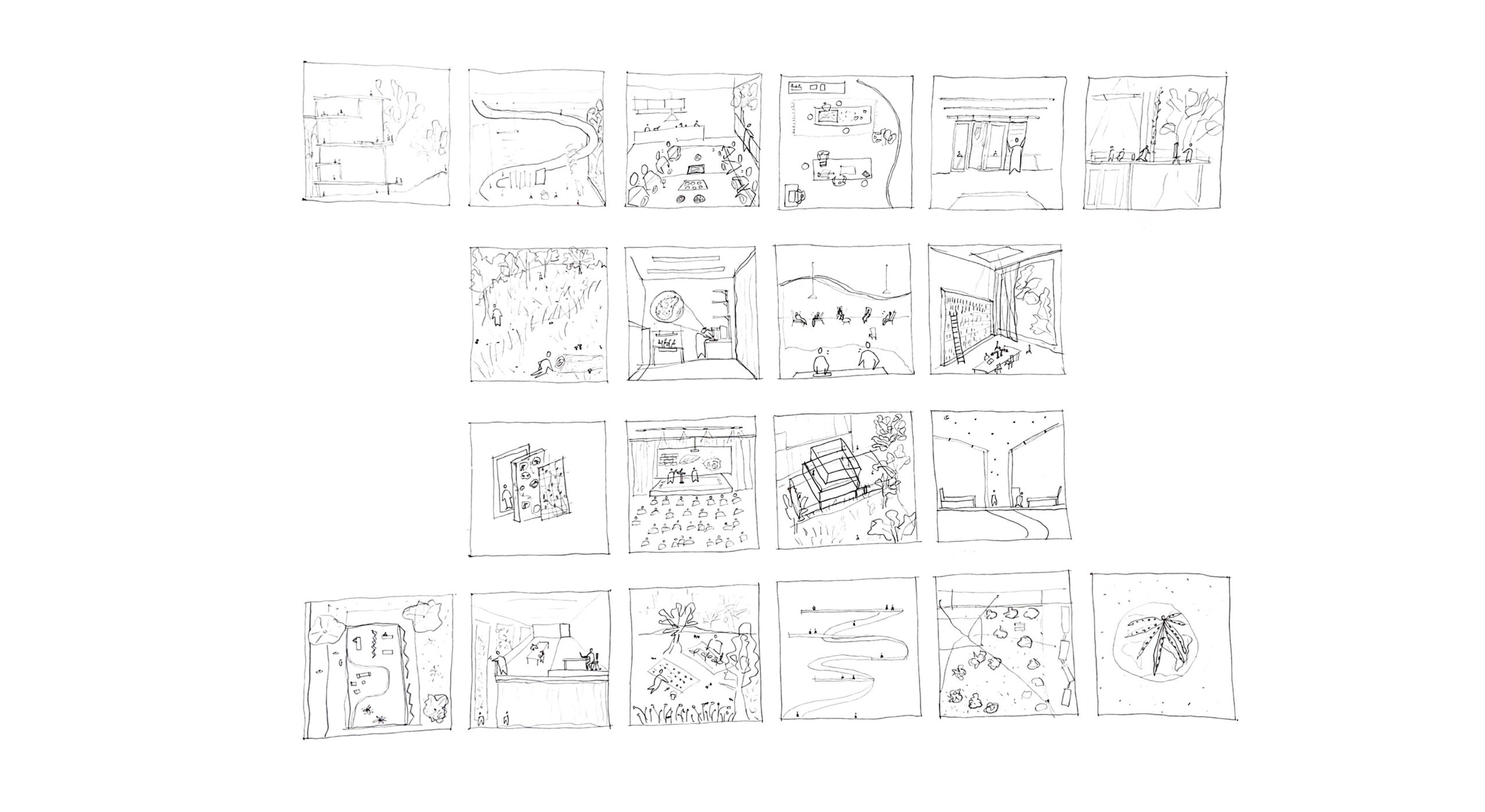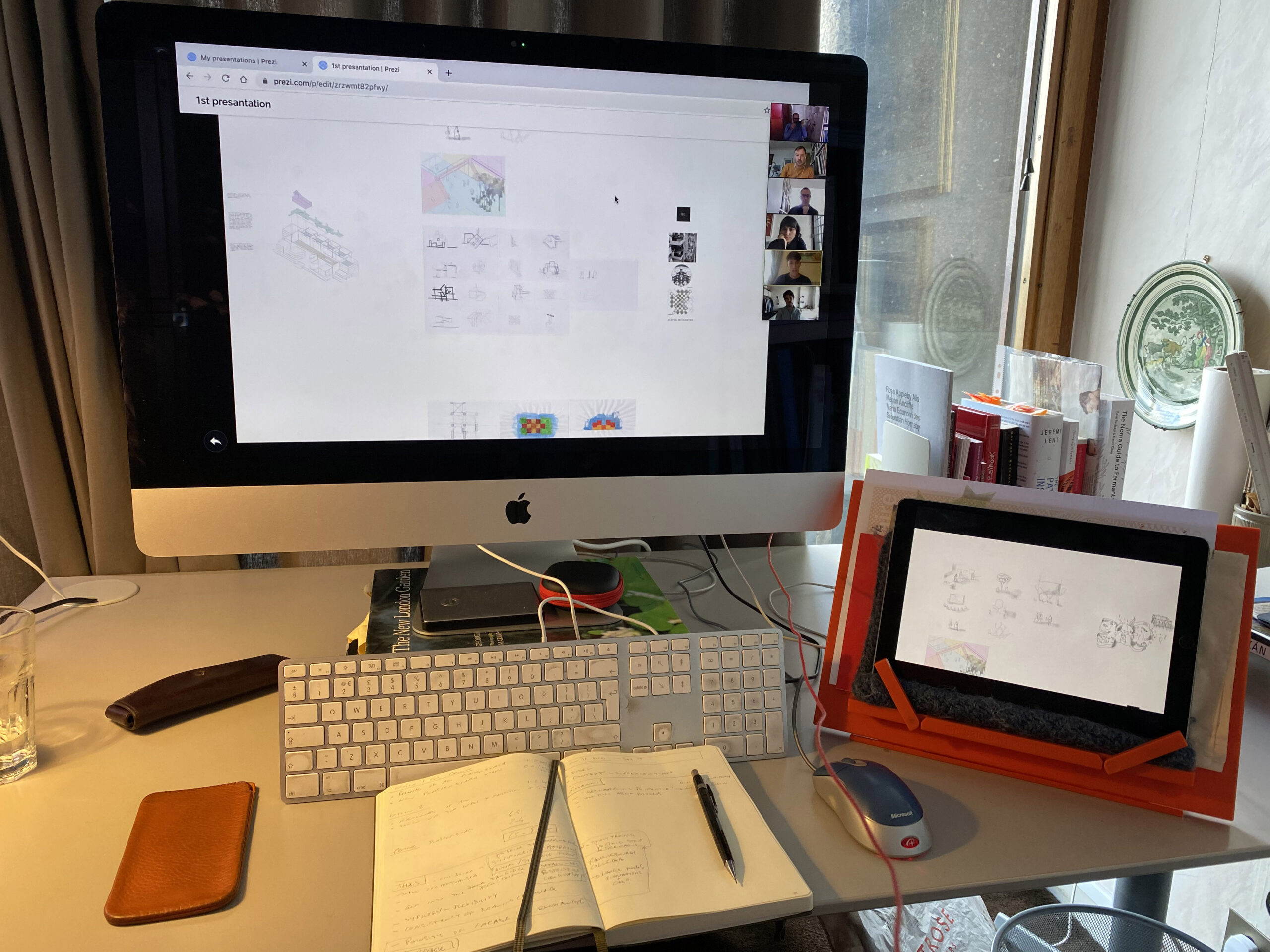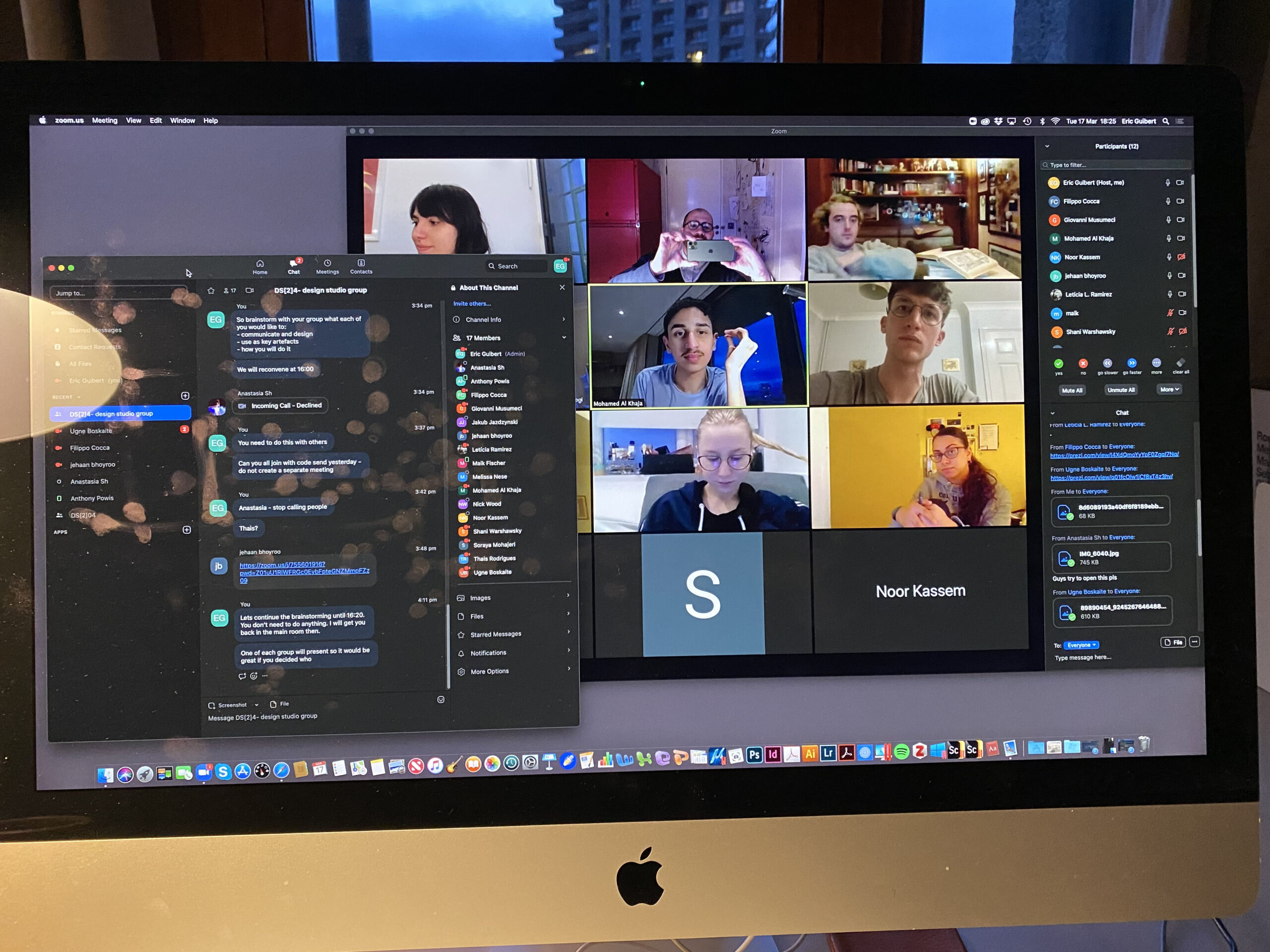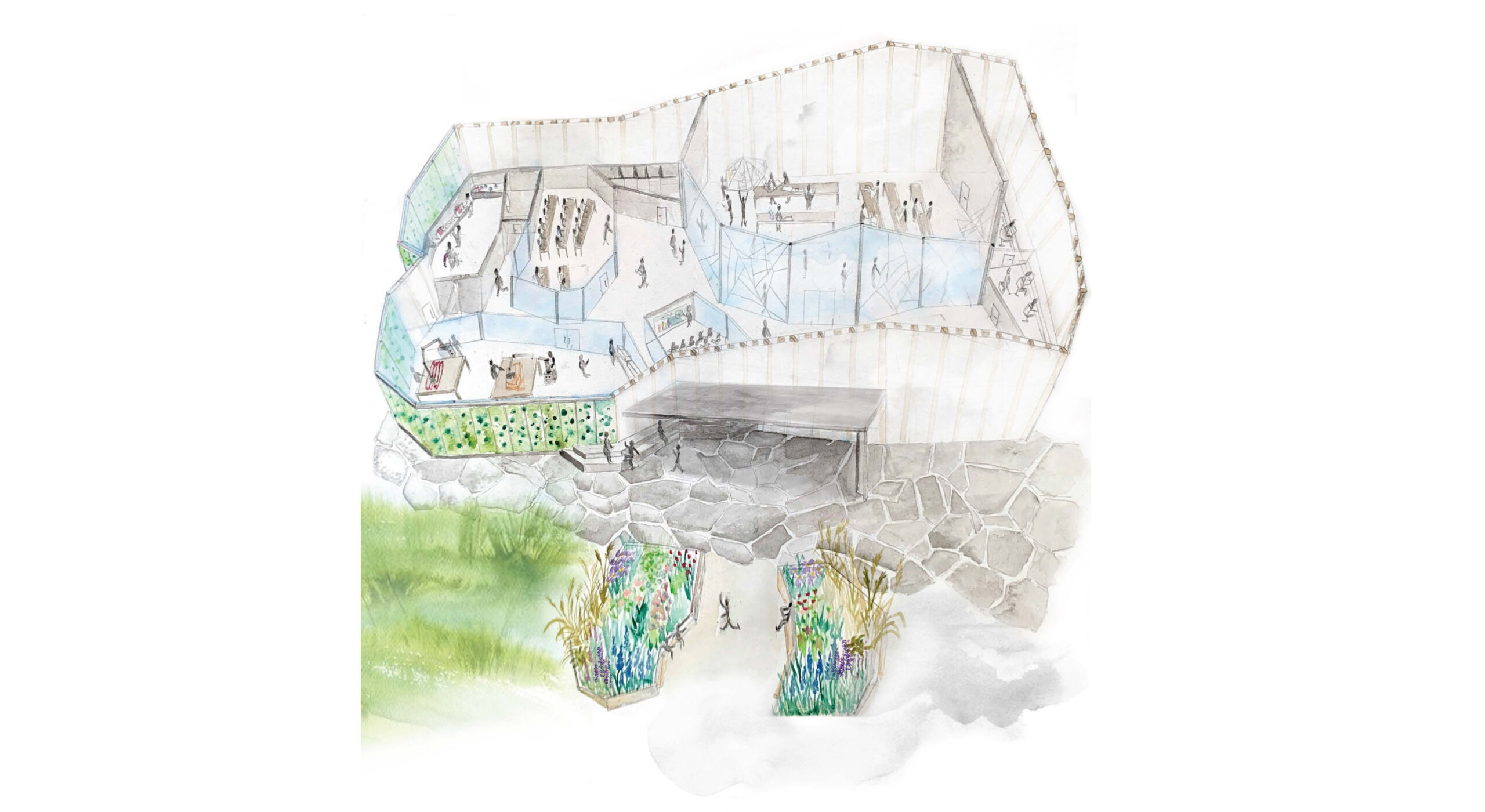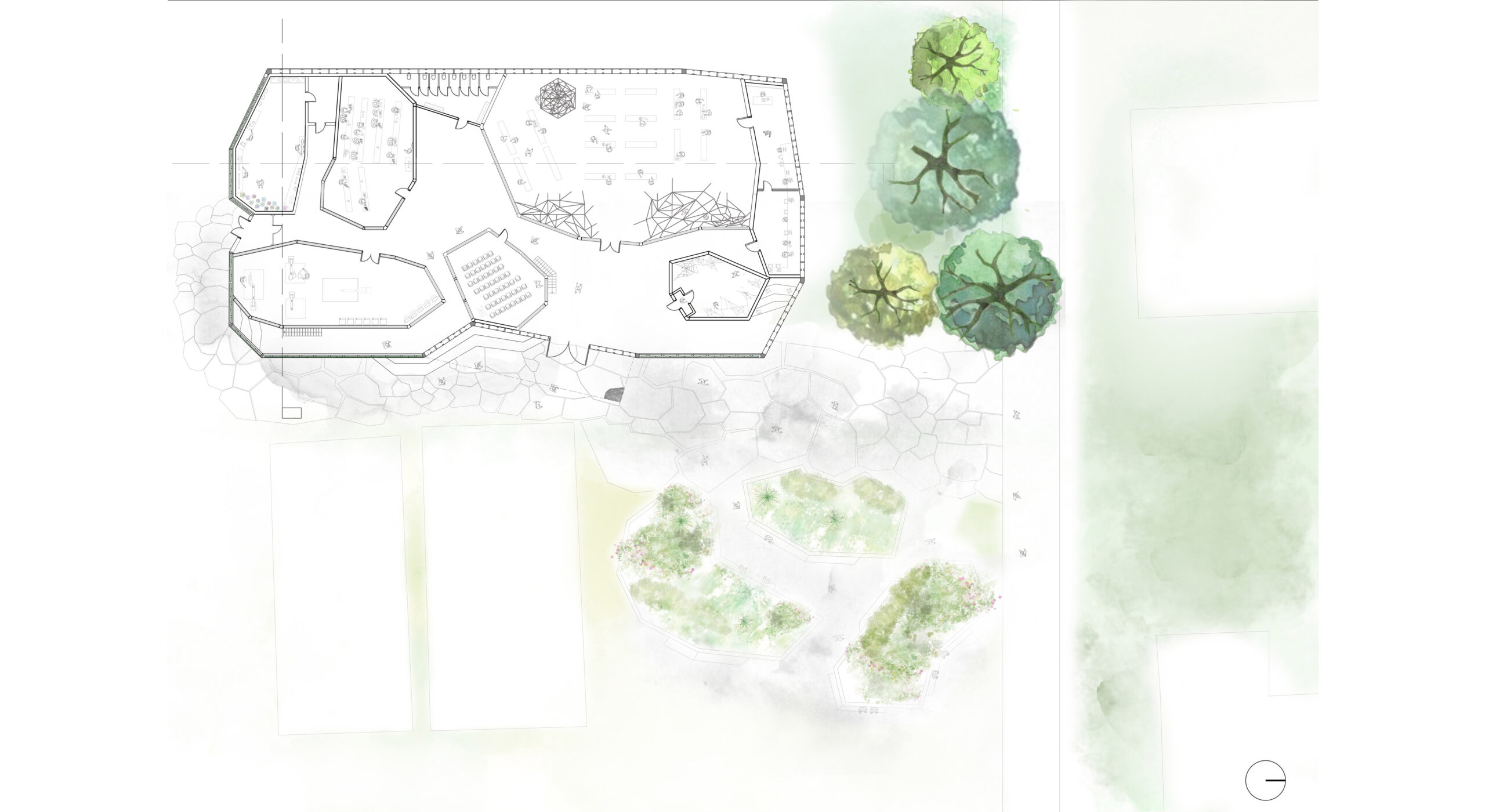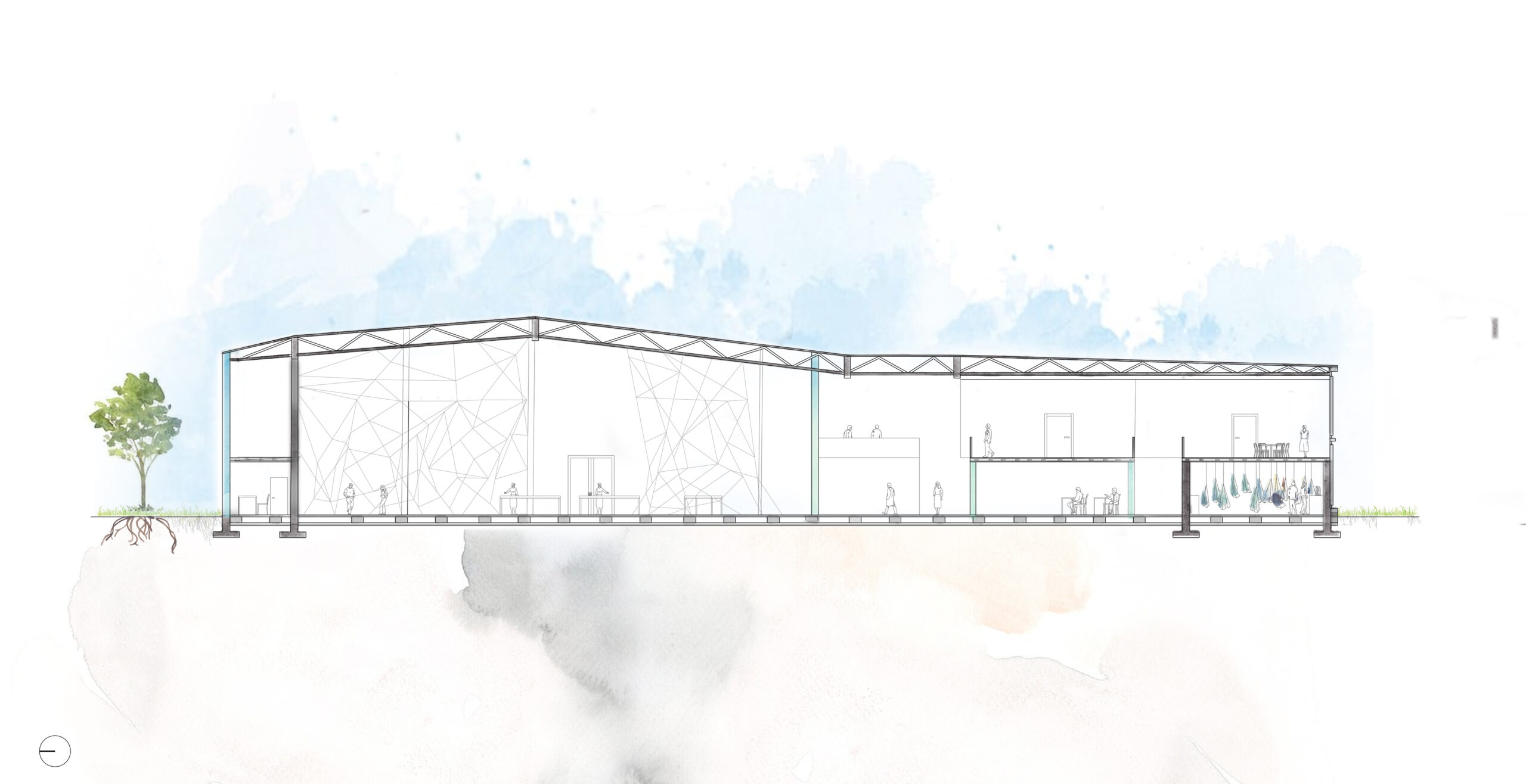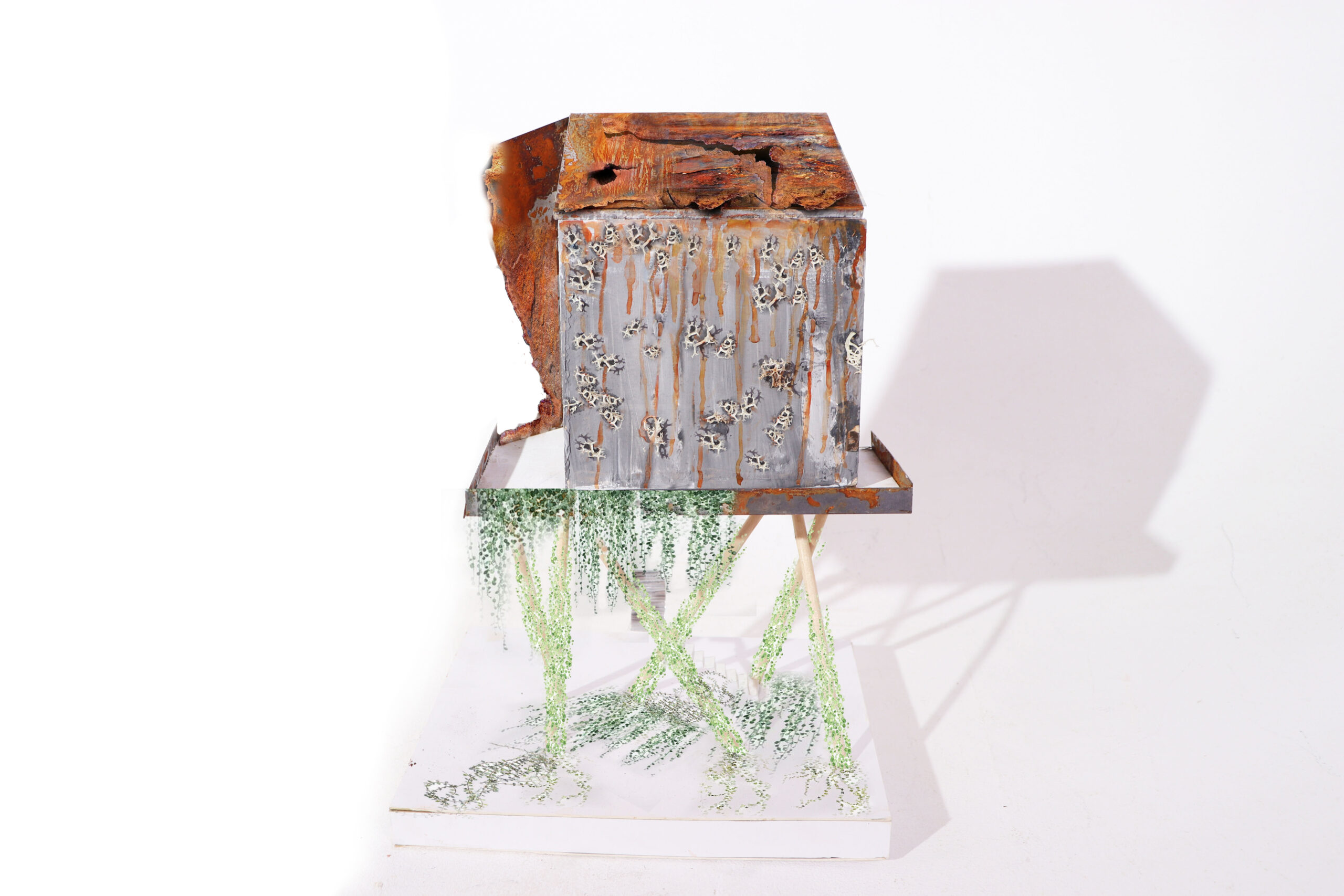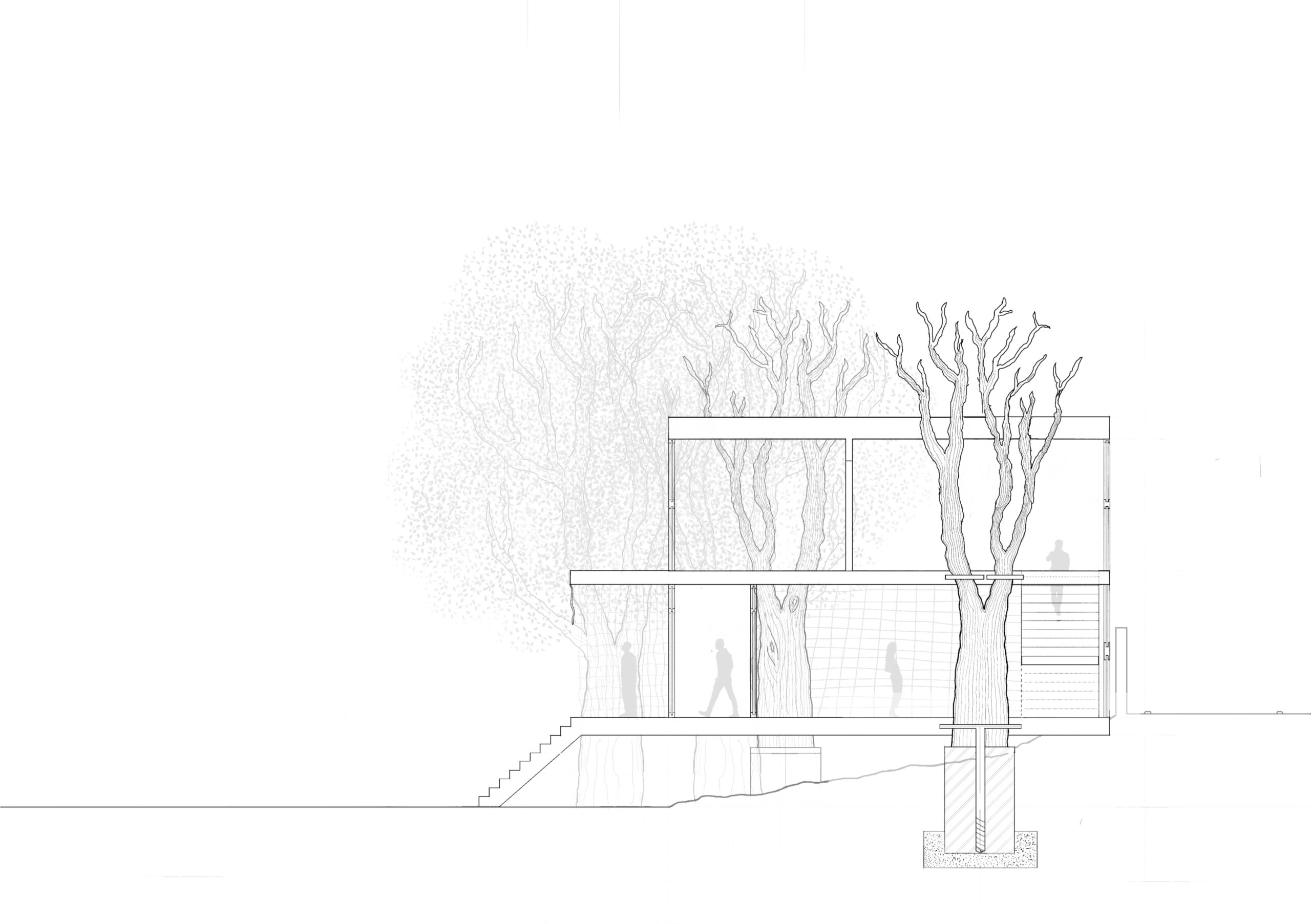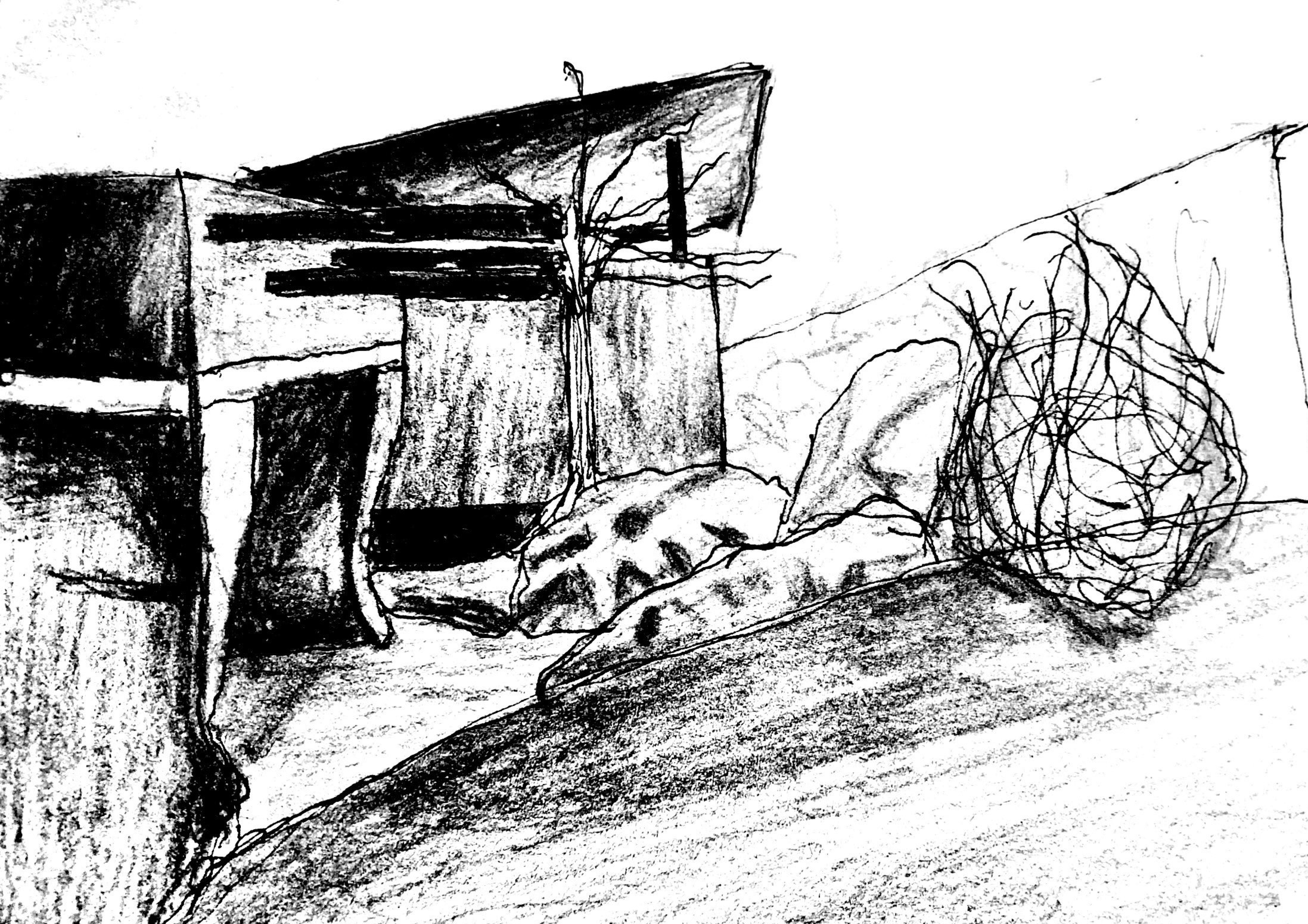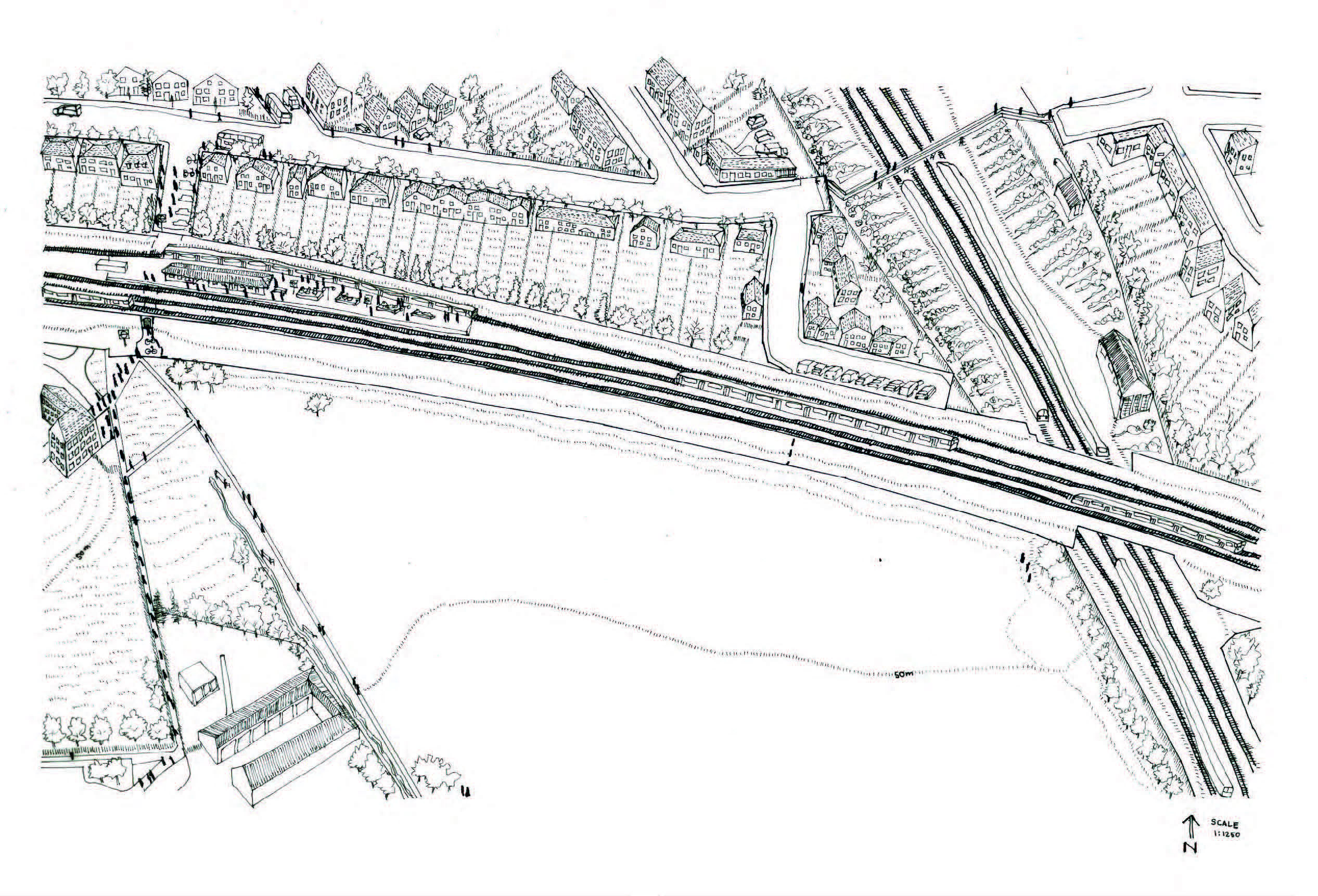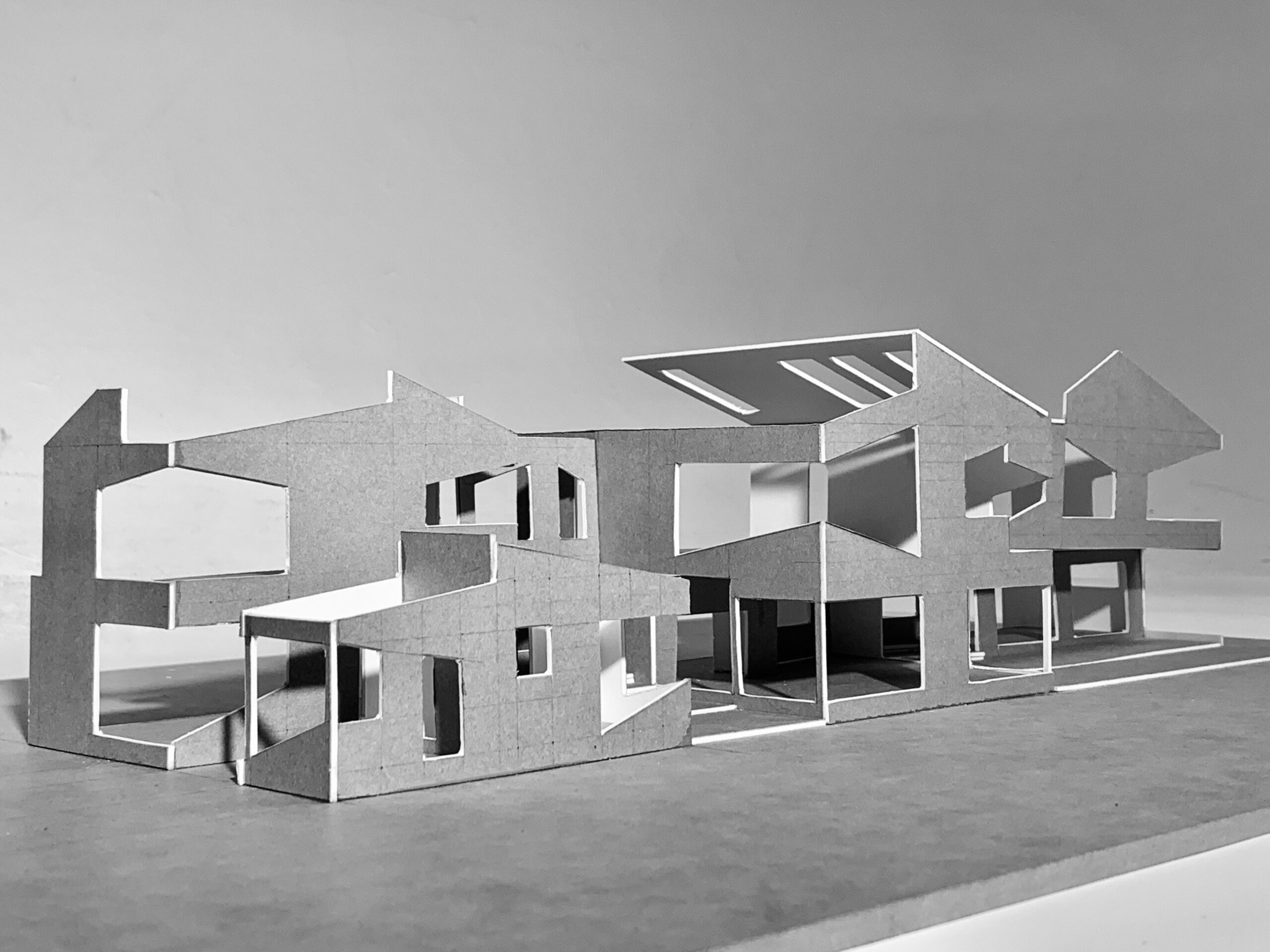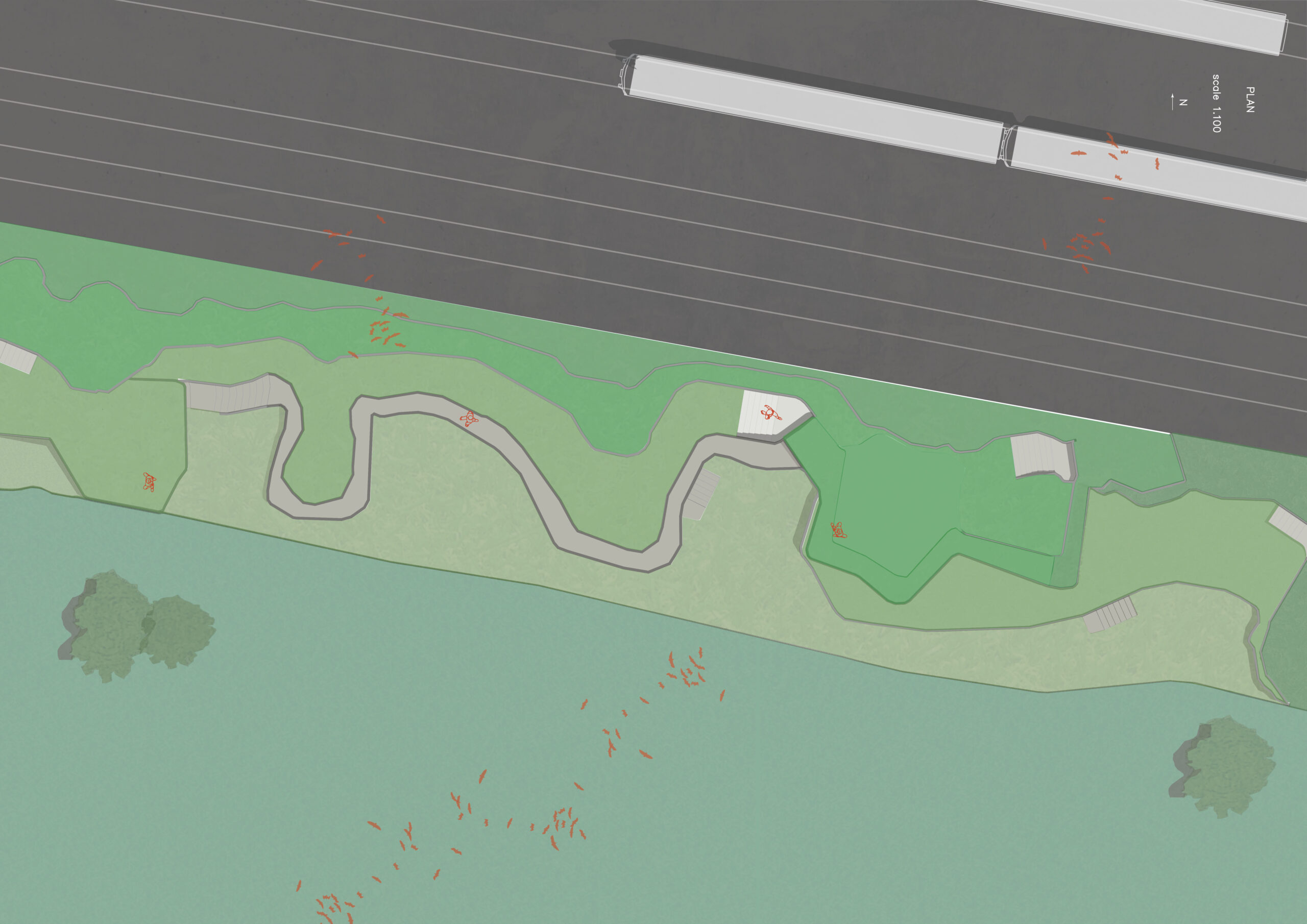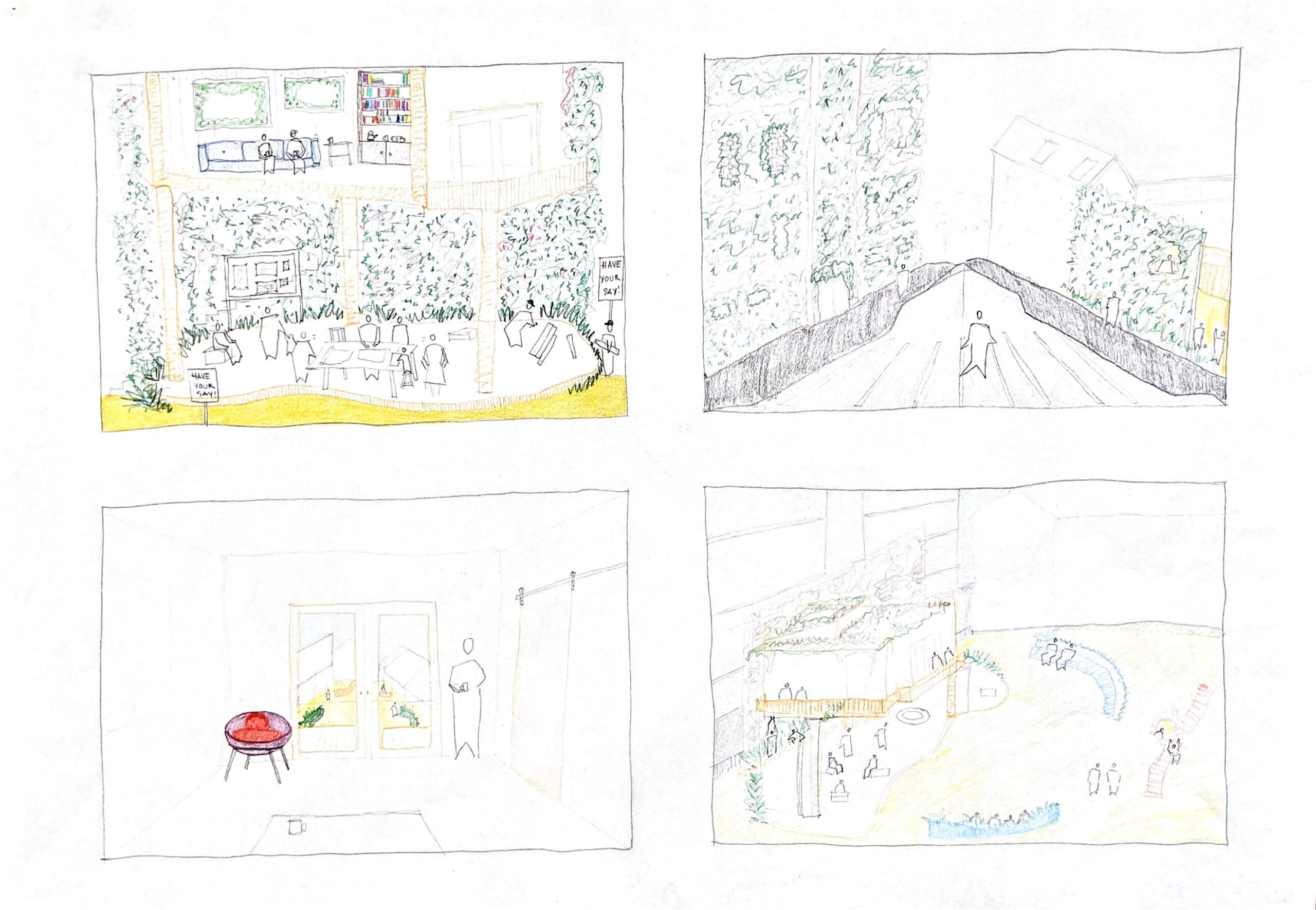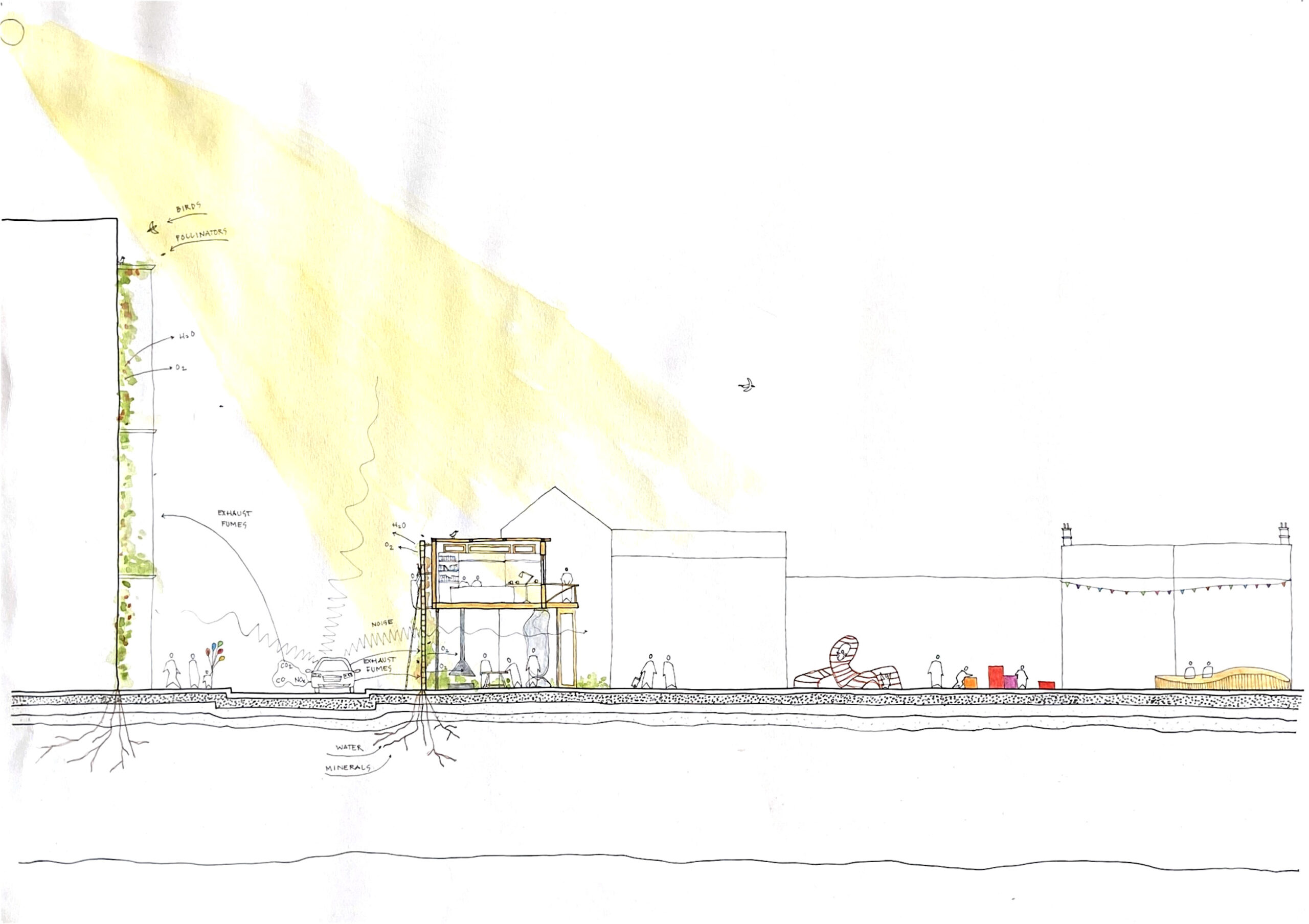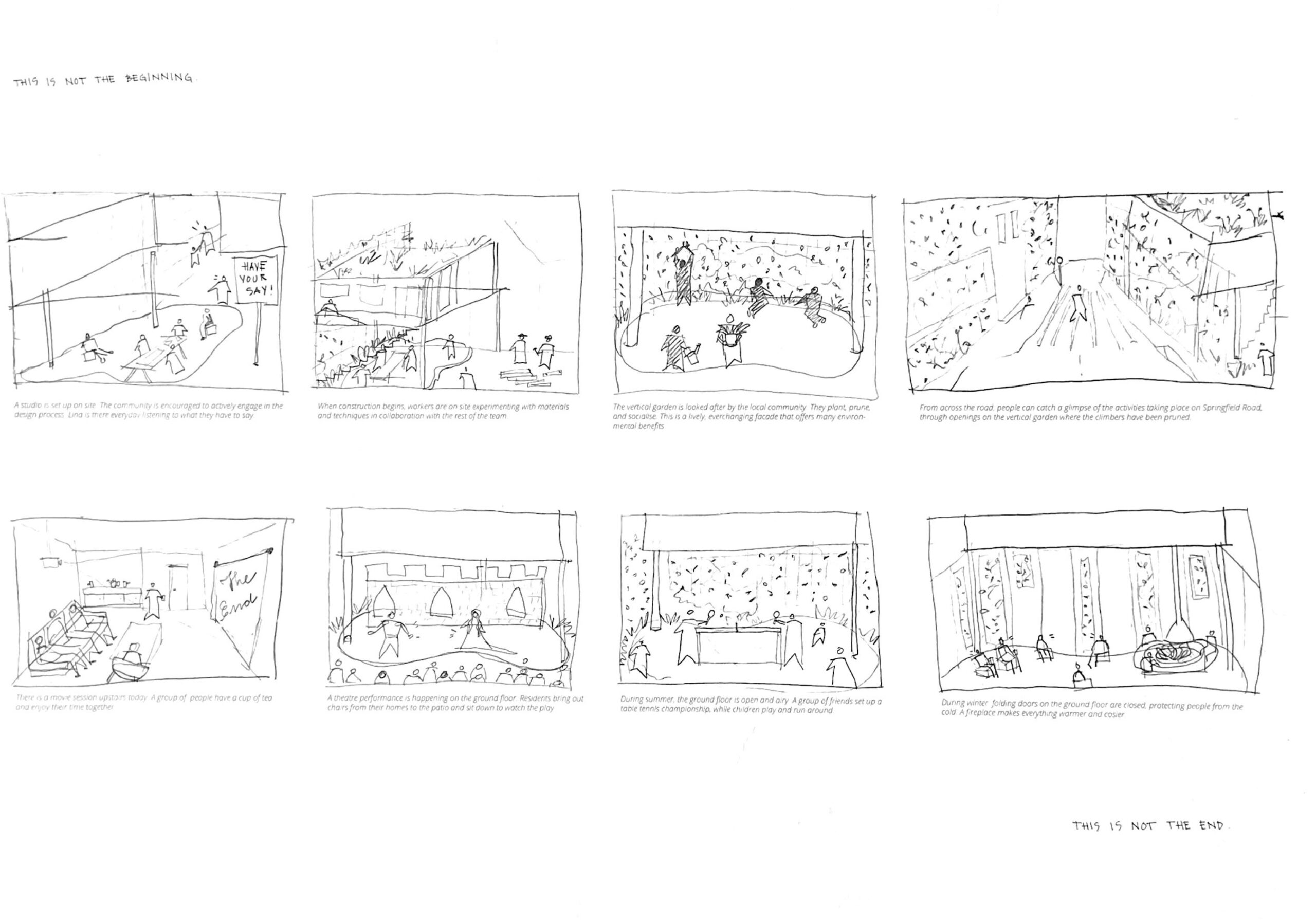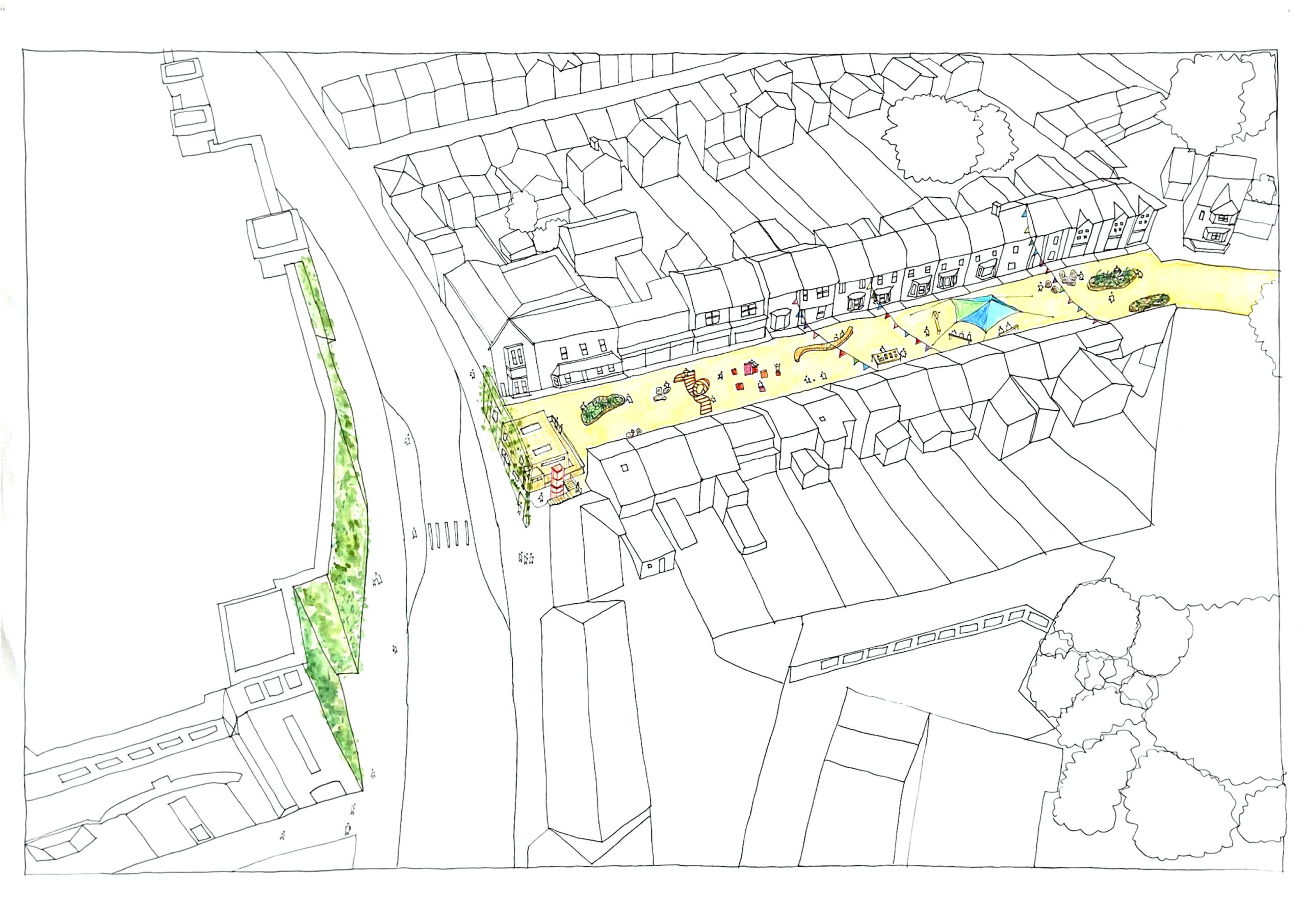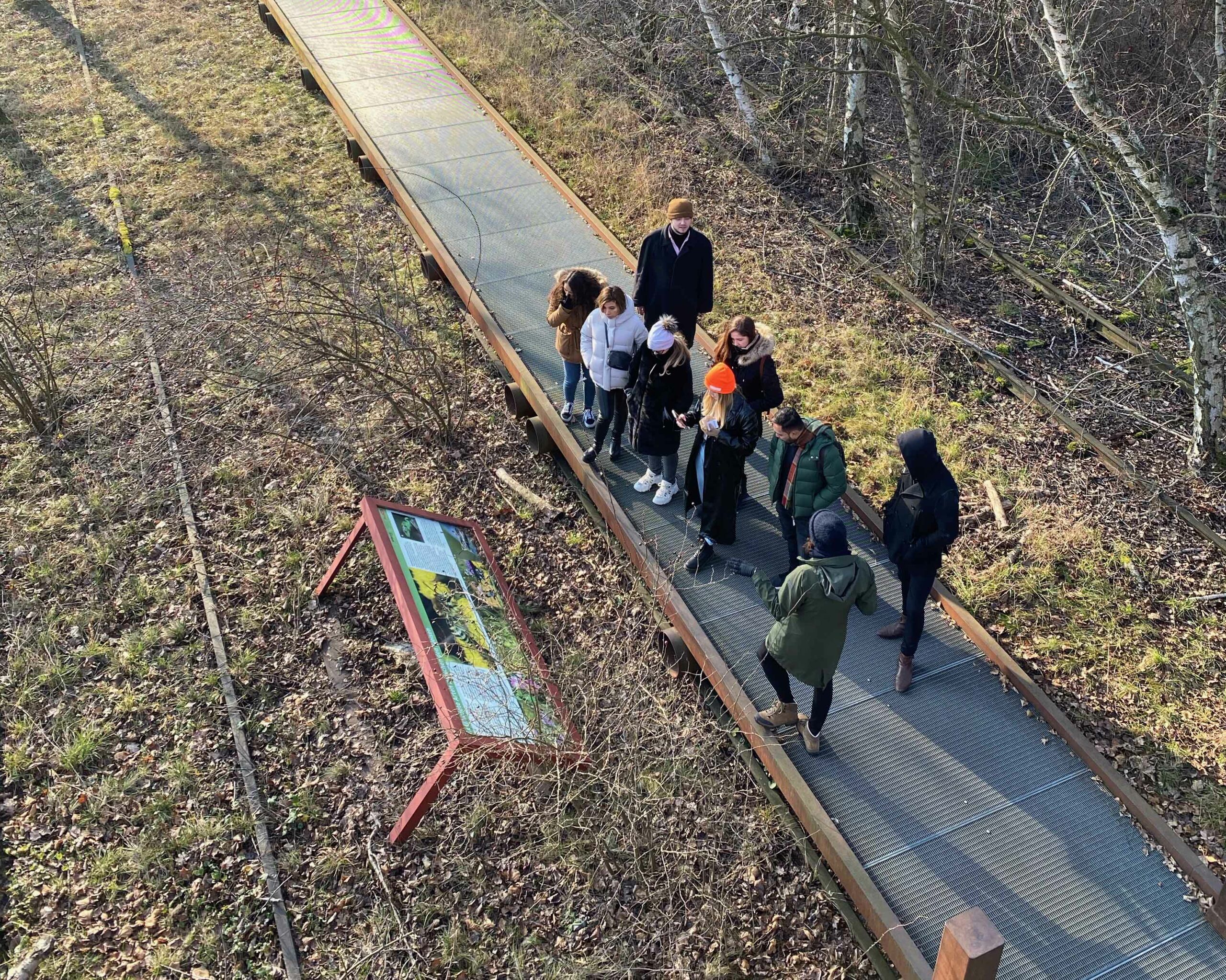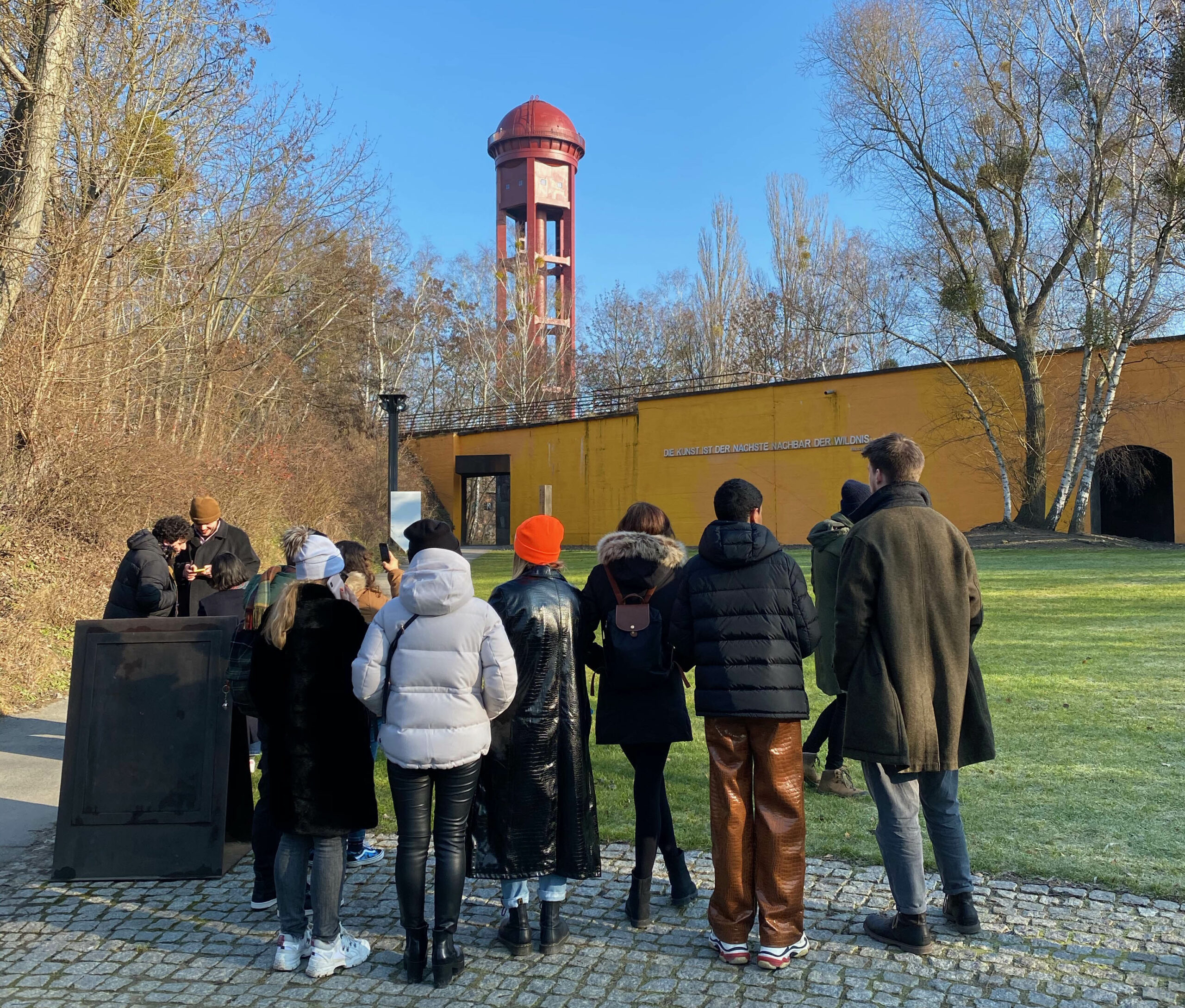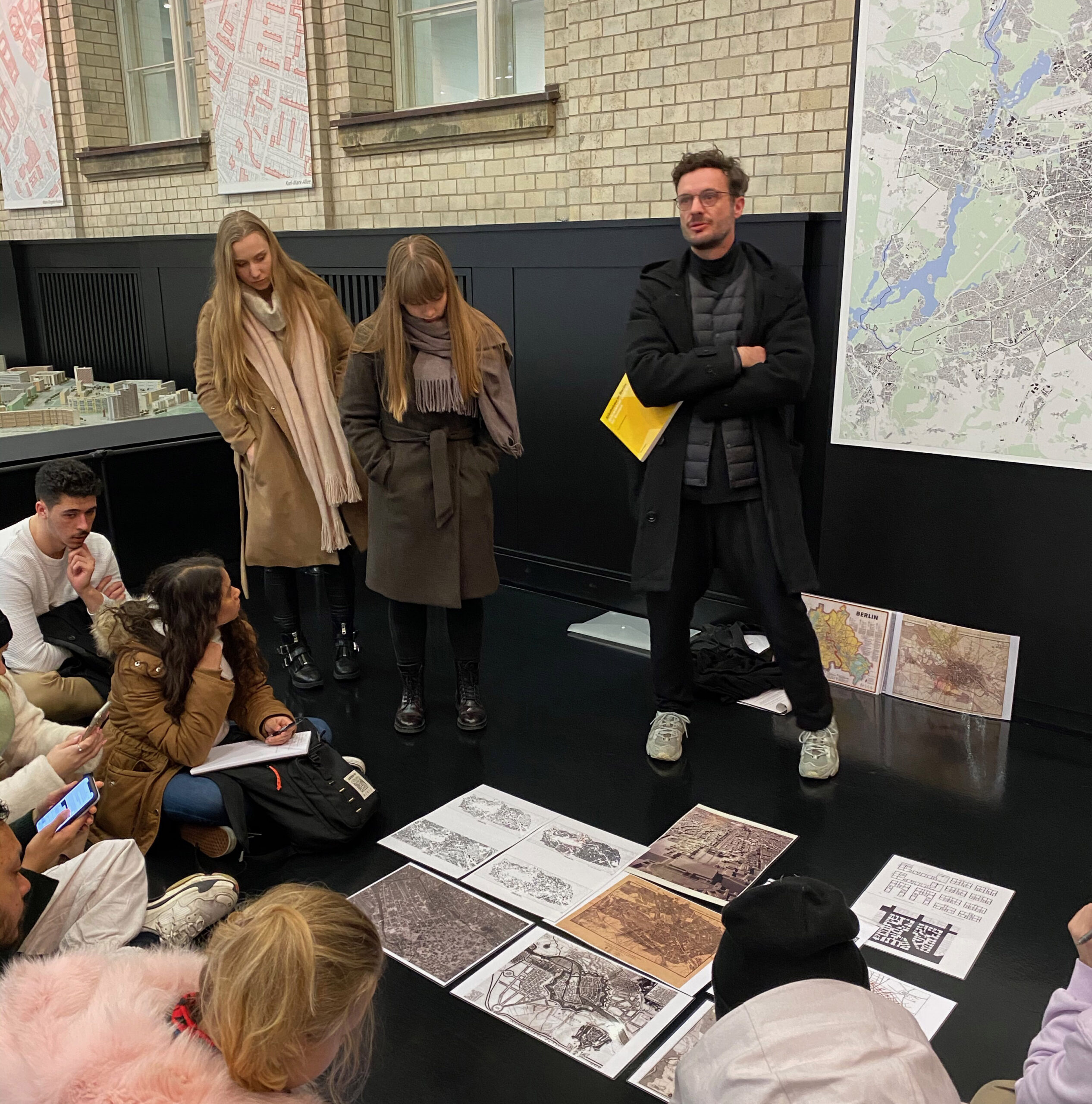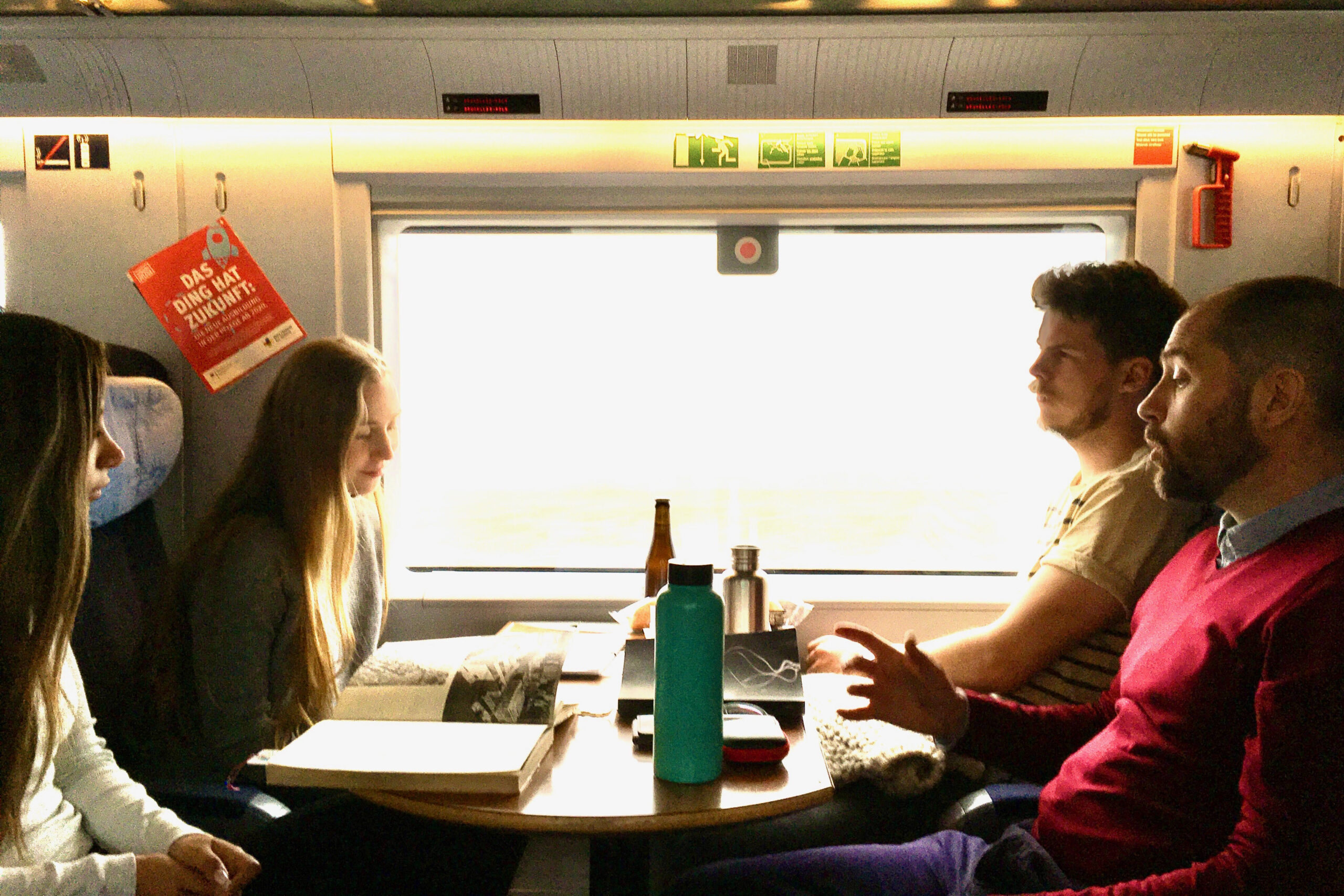Design Studio (Two) Four BA Architecture
YEAR TWO – DS2.4
Tutors: Eric Guibert and Anthony Powis
Eric Guibert is a gardener architect and researcher. He investigates how ecological design can define ecological relations between humans and ecosystems. His research has been developed through the design and realisation of buildings and landscapes over the last 10 years (www.ericguibert.com). Eric recently summarised the findings in his PhD through Reflective Practice: The Gardener Architect: designing with the emergent natures of places.
Anthony Powis is an architect and researcher, working with themes of urban nature, more-than-human vitality, and creativity. Between 2012 and 2016, he led public space and other projects at muf architecture/art, and has been part of the Monsoon Assemblages project at Westminster since 2017. He has tutored, led invited workshops, and been a visiting critic at The Bartlett, UCL, University of Sheffield School of Architecture, and Central St Martins.
the Institute for Living Systems Design*
envisioning ecological futures
This year, DS2.4 continues its research into envisioning possible ecological futures, speculating on alternative worlds, jouissance **, and ways of living that might better nurture individuals, communities, and the environment. Such a holistic approach combines buildings and landscapes—the fields are not seen as separate, but as a continuum of degrees of shelter. Our clients will be the entire local ecosystem, the human and non-human inhabitants. The students will investigate how the lives of humans and those of plants and other animals can relate ecologically, how architecture can nurture and express ecological processes.
This is an aesthetic as well as an ethical question. The students will be developing proposals that are both powerfully poetic and resilient.
After focusing last year on developing permaculture futures for suburban London, this year we will focus on how, and where, living system design thinking can be practiced, researched and shared. What kind of architecture nurtures the development of living systems design knowledge, both for the individual learner, the collective, and society?
*ILSD
Living systems design is understood as a set of creative practices (architecture, art, gardening …) that aim to nurture the vitality of the ecosystem where projects are located. Such approaches work with the environmental, societal, and intra-personal ecologies nested within sites, caring for the creativity of existing complex systems, instead of erasing or fixing them into static visions.
We are proposing the ILSD both as a working methodology, and an architectural programme for this year’s studio. In both cases, far from proposing a single dogma and definite set of methods, the institute is understood as a scaffold supporting the development of a plurality of practices, a place for sharing knowledge and for multidisciplinary research communities to develop. Our studio, following the examples we will be learning from throughout the year, is not conceived as a place where a definitive platter of architectural knowledges and viewpoints will be served up ‘as is’, but one where a conversation is constantly taking place around the question of how we should design with dynamism and emergence.
Throughout the year, the students will work towards the design of architectures that support the growth and dissemination of knowledge: a new space for an existing organisation in semester 1, and an experimental building typology (your ILSD) for learning and research on a new site in semester 2.
As living system design deals with complexity, it demands an embedded form of practice and learning, researched through action. Knowledge is learned and developed within the ecosystems that are being designed with. Which spaces are best for the emergence of ecological design? Where are they located? Are they centralised or dispersed/deployable? What are their temporalities?
ecological design Methods
There will be four primary design method streams over the course of the year:
- the students will start by reflecting through hand drawings on leading LSD practitioners and key regenerative and co-creative concepts;
- they will apply this knowledge to define their brief for a space that will support the practice of their designer client and the learning and research of the institute;
- the students will design for and represent the spatial conditions, as well as relations with the surrounding ecosystem, in beautiful sectional diagrams; and later develop these into environmental building sections.
- in parallel, the students will map the local and site ecology and how their project supports its process of change. This will gradually grow into massing studies leading to plans. They will also be making physical models and hand drawn sketches.
The studio will use a mix of pedagogies: group and personal tutorials, visits to inspiring places and exhibitions, seminars, short lectures on methods and concepts, and structured workshops to help the students develop the ecological design skills.
We will be using equally handmade approaches to support the intuitive creativity, and incorporating digital techniques for rigour and efficiency. The results will be collated in an a living systems design handbook.
We are looking forward being surprised, and challenged, by a diverse range of approaches.










